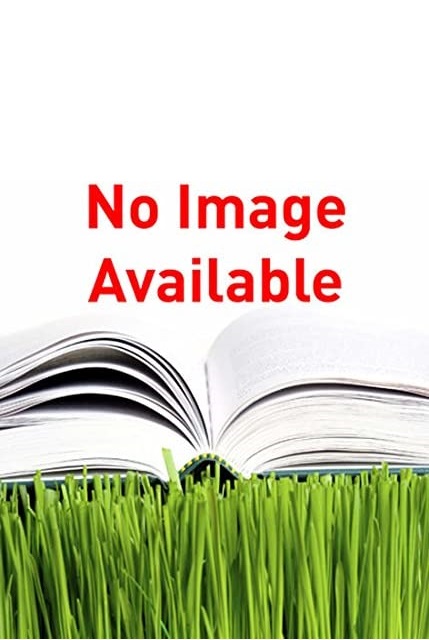We explore and compare quantities and patterns of Soil Organic Carbon (SOC) in protected forest and neighboring land around Bwindi Impenetrable National Park (a mountain protected area in Southwestern Uganda). We assessed paired sites of natural forest and major land uses (potato, tea and grazing lands) converted between 1973 and 2010. These pairings were replicated at three altitudinal zones. Plots (20 m by 50 m) were demarcated within each site. Five composite soil and core samples were obtained from 0 to 15 cm (top-soil) and 15-30 cm (sub-soil) at each plot. In total, 192 composite soil and core samples were collected. Within forest we found marked site to site variation in SOC from 54.6 to 82.6 Mg/ha. There was a tendency for higher SOC in converted land, associated with higher bulk density suggesting quality based land use selection with forest left on inferior soils. Cultivation, landscape position, slope and sampling depth were all significantly (P < 0.05) related to variation in SOC stocks following forest conversion but time since conversion had no detectable impact. Interestingly, there was no significant relationship between SOC in the top and sub-soils. Higher SOC is largely determined by higher bulk density. The large SOC stocks in these afro-montane soils are less predictable and more persistent than anticipated.
DOI:
https://doi.org/10.1016/j.geoderma.2012.09.005
Dimensions Citation Count:
























